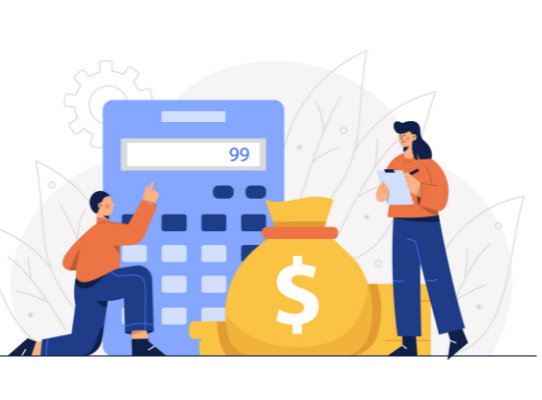Are you doing everything you can to grow your business but nothing seems to be working? Consider how a business coach for female entrepreneurs can help.
Whether you need someone to keep you accountable or someone to teach you new skills, business coaching is great.
Read on to learn how you can find the right entrepreneur coaching program for you.
Connecting With the Best Coach for Your Business
Working with a business coach is a useful way to help grow your business. Whether you prefer an online business coach or to find a “business coach near me,” you need the right coach.
The best business coach for you will work with you and your specific business. For example, a business coach for coaches can be useful for that business model. However, that coach may not be the right fit if you have a product-based business.
In some cases, you may need a mindset coach to help grow your business. The best entrepreneur coaching program for you should focus on your needs.
Then, you can make the most of your coaching sessions, and you’ll get the help necessary to build your business.
Why Do You Need a Business Coach?
If your business isn’t failing, it can be easy to think you don’t need a business coach. However, there are many reasons why business coaching is important.
Maybe you’re bringing in enough profit, but you need some accountability to grow. You’ve hit a plateau in your business and can’t seem to get past it.
Or perhaps you’re struggling with your confidence as a woman in business. The best business coach for female entrepreneurs will understand what you’re going through.
They can help you work through issues that may not directly affect your company. In some cases, that could involve working on your mindset and other mental roadblocks.
Of course, business coaching programs can also help you with your venture. For example, black female entrepreneurs may benefit from a coach who knows where to look for funding for a business that’s minority owned.
Your business coach can also help you with accountability. If you hardly take time to work on your business, your coach may give you a plan so that you work on instead of in the company.
What to Expect from a Business Coach
No two business coaching programs are the same, but that means you can find a coach who you enjoy. Still, it can help to know what to expect before you hire someone.
A few types of business coaching exist, so consider which type or types you need.
Accountability
As mentioned, sometimes you need an accountability partner. A good business coach can hold you accountable to both business and personal tasks.
Maybe you have a hard time reaching personal health goals. So your coach holds you accountable to being more efficient in your business. Then, you’ll have more time to focus on your health.
Transformations
A creative entrepreneur coach may focus on helping you reach a certain transformation. The coach can help you learn how to be a better leader and how to run a successful team. They might also work with you on the mental aspects of entrepreneurship.
This type of coaching requires a lot of effort on your part. Your coach can tell you what to do, but it’s up to you to put things into action.
Transactions
You may want to hire a feminist business coach who can empower you to more than your average coach. In transactional coaching, the coach will give you strategies and tools to improve productivity and efficiency. Your coach can help you troubleshoot and solve problems.
In these types of sessions, you’ll learn new skills, and you can get a new perspective on your business. And you can use those skills to help reach your business goals.
All of the Above
The best business coach for female entrepreneurs combines all three main types of coaching. That way, you can improve your mindset, learn new skills and strategies, and receive the accountability necessary to implement those changes.
Questions to Ask When Hiring a Business Coach
Once you determine that a business coach will help you, it’s time to hire someone. You should consider a business coach like you would any other potential employee.
Consider some of the following questions when deciding on the best in-person or online business coach.
What’s Your Experience?
Hiring a more experienced coach means you get access to someone who has worked with multiple clients. While you can hire a newer coach, consider the experience they have running a business.
Have You Worked With Similar Businesses?
Consider if they’ve worked with businesses of the same size or in the same industry. This goes for new and experienced coaches.
What Do You Value in Business?
You should know if the business coach will prioritize profit or some other form of success. Make sure your definition of success is in line with theirs so that you can trust them.
Do We Have Compatible Personalities?
You’ll be working with the coach frequently and probably for a long time. If your business is focused on women, look for a feminist business coach to support your mission.
Getting Help to Grow Your Business
Another important step in finding the best business coach for female entrepreneurs is knowing how they’ll help your business grow. Your business relationships can be crucial when determining how and when you’ll be successful.
Consider if your business coach can help build your network. Then, you may be able to get more clients or hire experts to join your team.
While your business coach won’t be an employee, they do work for you. They need to have the interests of your business in mind, not only for your success but also for theirs.
Is a Business Coach for Female Entrepreneurs Right for You?
Hiring a business coach for female entrepreneurs can be intimidating. However, the investment is often worth it, provided you hire the perfect coach.
Consider why business coaching is important and determine what to expect from a business coach. Then, you’ll know what to ask and how to hire the best coach for you.













